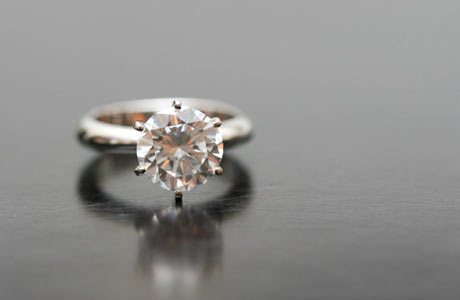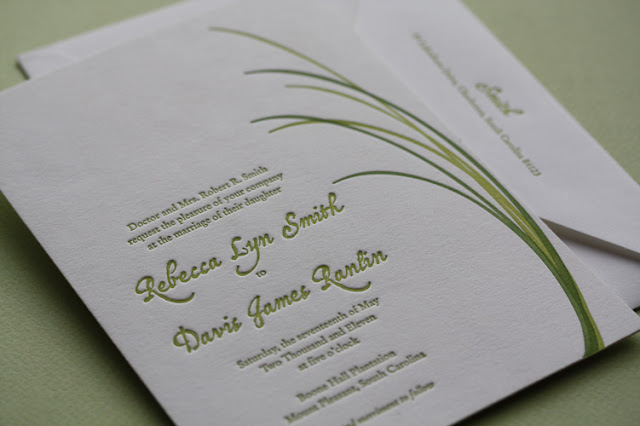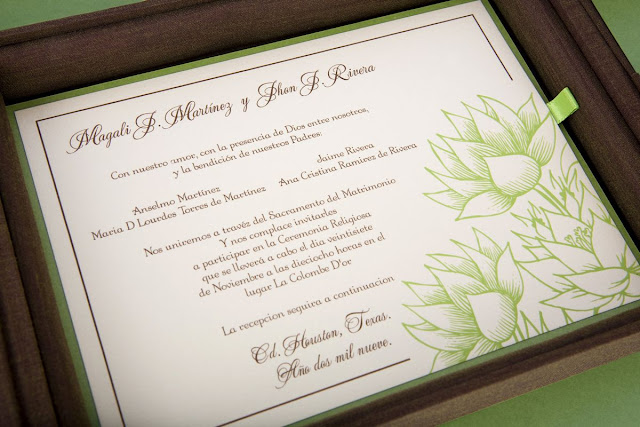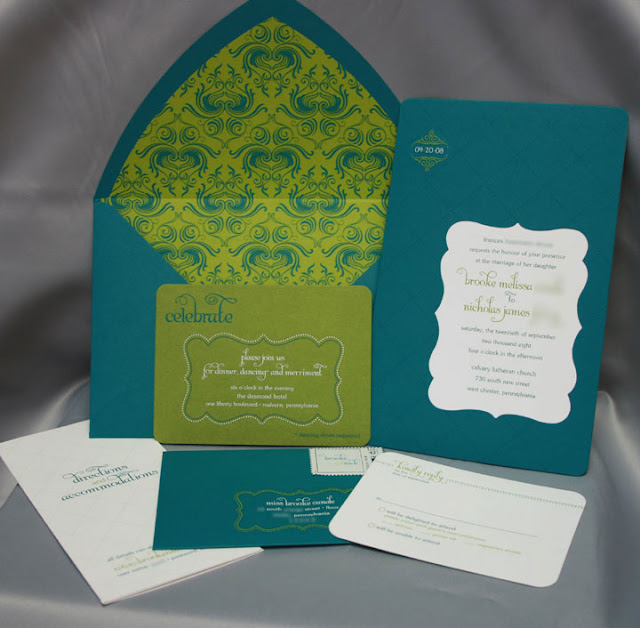Every girl dreams about their wedding dress ever since they were young. So taking care of the most special dress of your life is very important! You've finally found the dress of your dreams and you'll want it to look as pristine for your walk down the aisle as the day you bought it. Here are some tips on how to prep your dress, keep it looking perfect the day of, and maintaining the beauty for years to come. After all, future generations may someday want to wear it :) Thanks to Martha Stewart Magazine for this great article!
 |
| L: Epic Imagery; R: Scott Nelson Photography |
Pre-Wedding Prep
Getting your gown ready for its debut will likely involve making a few changes. For a new dress, changes might mean alterations in fit. However, a dress purchased at a sample sale might require cleaning or repairs. If you're wearing a vintage gown, the world could be more extensive, involving fabric replacement, restyling, and refitting. Regardless. allow enough time for completion: about three to six months for alterations, eight months for major restoration.
Ideally, you should bring your dress home a day or two before the wedding. But if you need to store it for longer, you'll want to take some precautions. If storing it for les than six months, hang it on a padded hanger in a closet away from direct sunlight, leaving several feet of space on either side. To shield fabric from dust, cover it with a material that allows for ventilation, such as muslin or a cotton sheet. Don't use plastic! Because it's a nonporous, it can trap condensation, causing mildew and mustiness- gross!
If you have to store it for more than six months, don't hang it but rather package the dress in an acid-free cardboard box.
Removing Wrinkles
When you arrive with your dress, be sure to put it on a padded hanger right away. You may find that many of the folds will come right out, but chances are the gown will probably need to be steamed a little.
Professional steaming will produce the best results; usually, the bridal salon where you purchased your gown or the place that did your alterations will provide this service. But if you've traveled, this likely isn't a viable option. A good alternative is to create your own steam room. Cover a bathroom floor with towels and run a very hot shower, allowing the room to fill with steam. Turn the water off, then hang the dress on the back of the bathroom door. Next, wrap your arm in a dry, white towel and run it down the length of the gown, smoothing out any wrinkles. This method is much less likely to leave water spots or iron impressions than a home steamer or iron.
Managing Mishaps
Keeping your dress looking its best all day requires a little bit of care and forethought. Use caution when dressing. You should cover your face -- a gauzy scarf works well -- to protect the gown's fabric from your makeup.
Even with vigilance, spills and slip-ups do happen. To combat little emergencies, Steven Saidman, president of Imperial Gown Preservation and Restoration in Fairfax, Virginia, recommends every bride keep a stain kit on hand stocked with rubbing alcohol and clean white cloths. To remove a stain, apply the rubbing alcohol (for dry stains such as grease) or tepid water (for wet stains like wine) to the cloth, and gently blot the spot from its outer edges in; do not work from the middle of the stain out, since this will spread the mark. To dry the dress, use a hair dryer on its lowest setting from at least six inches away. It's also a good idea to have a needle, thread, and double-sided tape handy for fixing hems that have come undone.
Safe Keeping for Years to Come
The final step in protecting the memories and investment your bridal wear represents is to have the gown preserved, meaning both properly cleaned and carefully boxed. If your gown has just the usual grass stains and smudges on the hem, take it to be cleaned within a month of the wedding; if there's a more serious stain, like red wine or juice, bring it in within a few days.
Because very few wedding dresses are suited to traditional dry-cleaning processes, you'll want to find a company that specializes in these gowns. If you can't find one in your area, search online. Make sure the company you select sees and inspects the dress before quoting you a price, says Steven Saidman, president of Imperial Gown Preservation and Restoration in Fairfax, Virginia (some nationally recognized businesses offer free shipping and estimates). Avoid cleaners that offer a set price for all dresses. Different fabrics and embellishments require special cleaning methods. Some dresses are more labor-intensive to clean and will cost more than others; in general, you can expect to pay several hundred dollars for the entire cleaning and preservation process. Just be sure to read the warranty carefully and steer clear of cleaners that void their guarantee if you open the box in which your dress is stored. Saidman advises looking for a company that will stand by its work for years, since many invisible stains, such as perspiration, champagne, and sugar, sometimes won't show up on the gown for four to six years if they're missed during the cleaning.
After cleaning, the dress should be stuffed with acid-free tissue paper and placed in an acid-free corrugated cardboard box. Once home, store the box in a climate-controlled area of the house, such as under the bed or in a bedroom closet; never keep it in the basement or attic, which typically experience the greatest fluctuations in temperature and humidity. The end result of all this planning and care? Decades from now, your dress should look as beautiful as it did on your wedding day.





































































































